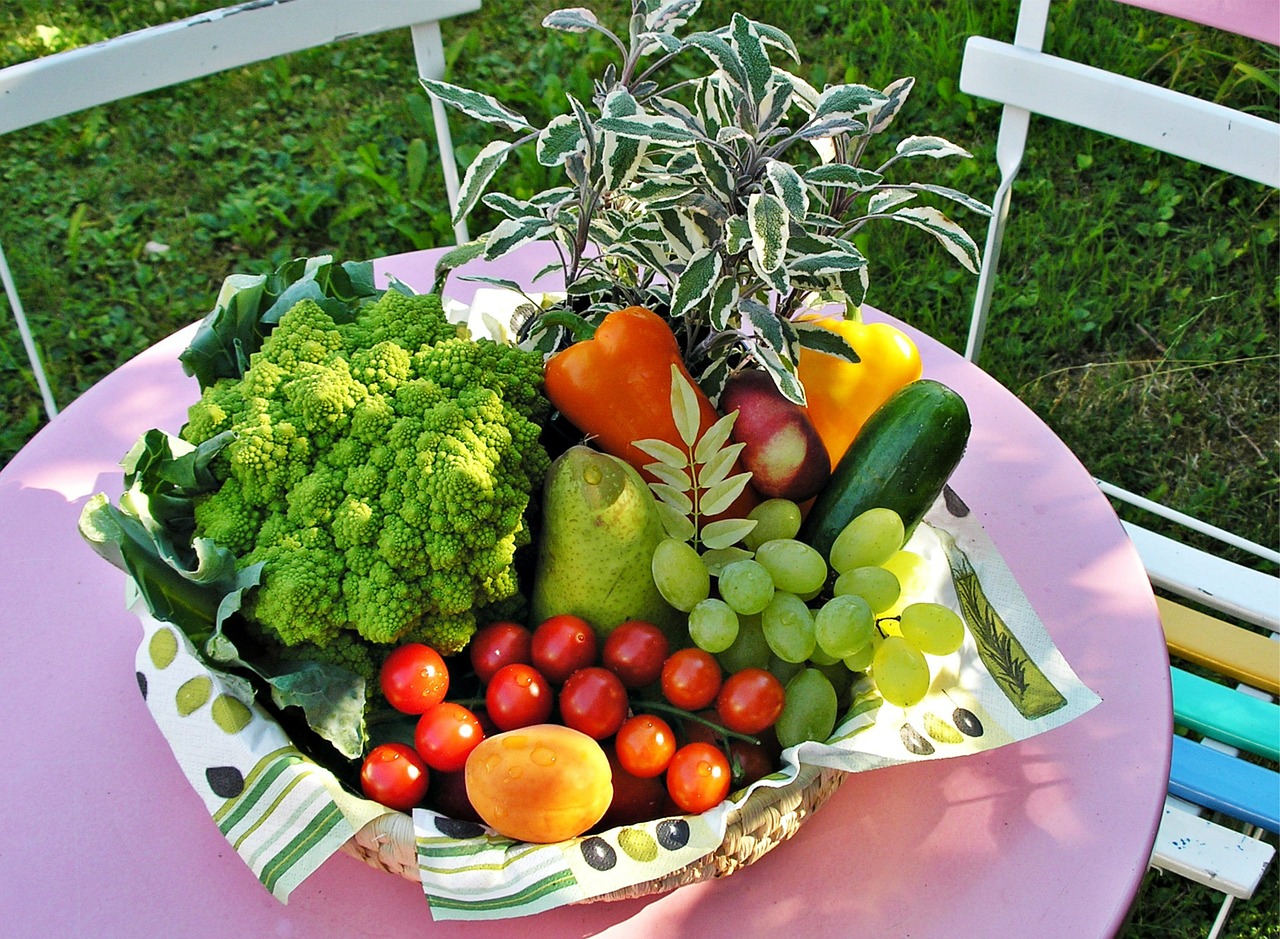19 Fruits and Vegetables To Grow In June

1. Brussels sprouts and Cabbages
Plant out Brussels sprouts, the remainder of your mid year/harvest time and red cabbages, and the first of your winter cabbages. Fit them with brassica collars to stop cabbage root fly, and net them promptly to shield them from birds and cabbage white butterflies.
2. Cauliflowers
Cauliflower seedlings sown in spring for collecting in summer and fall have to be planted out at this point.
3. Chilli and sweet peppers
Harden off youthful chilli and pepper plants developed under cover and if there’s no longer any possibility of late frosts plant them out.
4. Cucumbers
Harden off open air or “ridge” cucumber seedlings and plant them in low hills of earth advanced with well-rotted compost.
5. Herbs
Transplant container-grown herbs that you’ve either bought or propagated and raised.
6. Broccoli
Plant out growing broccoli seedlings in a protected region where the dirt is firmly pressed down so creating roots can bolster the heaviness of the developing plants. Plant new, cold-stored, bare-rooted runners now for harvesting in about two months’ time. Pot-raised plants can be planted now, too, but it may be better to delay them until later in the summer.
7. Sweet potatoes
On the off chance that you didn’t plant out sweet potato “slips” in May, you ought to do as such this month. Plant them in profound, rich soil that has been earthed-up into hills or ridges, and sink open-ended plastic bottles into the dirt close by them with the goal that you can water direct to their roots and growing tubers.
8. Tomatoes
Plant out any remaining tomatoes that have not been transplanted yet. They require warmth and daylight, and will profit by the additional assurance of cloches or open-ended plastic bottles. Vine or cordon assortments will require stakes or solid sticks for support.
9. Cape gooseberries
Like melons, cape gooseberry seedlings can be planted out in a sunny, protected spot once the climate has completely warmed up.
10. Celeriac
Late June maybe your last opportunity to plant out celeriac. It is slow-growing, and needs time develop to a worthwhile size.
11. Celery
Plant in rich, fruitful soil arranged with a lot of well-rotted compost or manure – in a special celery trench, or in the case of self-blanching varieties, in closely spaced blocks.
12. Courgettes, marrows, pumpkins, and other squashes
These can all be planted out in June, regardless of whether they’re for reaping in summer or later in the fall and early winter. Give them a lot of space, and keep them well-watered and mulched.
13. French beans and runner beans
Plant out dwarf bushes in rows or blocks, and climbers at the foot of canes. You may need to tie in reluctant climbers if they need a little encouragement to twine around their supports.
14. Kale
In June you should have the capacity to start transplanting kale you’ve developed from seed. Hold up until seedlings are at least 10cm (4in) high and disturb the roots as little as possible.
15. Melons
At the point when temperatures have risen and there is positively no risk of late frosts, have a go at planting sweet melon seedlings, either purchased from a garden centre or raised yourself from seed. They require rich, prolific soil, a protected position, and a lot of daylight. A cold frame or polytunnel is more likely to give you success.
16. Endive
When temperatures have truly warmed up, plant out seedlings sown under cover in spring. Be understanding: the colder it is, the more probable the plants are to bolt.
17. Chicory
Transplant sugarloaf chicory or radicchio seedlings raised inside or under cover. However attempt to aggravate the roots as meager as little as possible.
18. Aubergines
Plant out aubergines by the end of this month to give them as much time as possible to grow and ripen into good-sized fruit.
19. Strawberries
Plant new, cold-stored, bare-rooted runners now for harvesting in about two months’ time. Pot-raised plants can be planted now, too, but it may be better to delay them until later in the summer.


